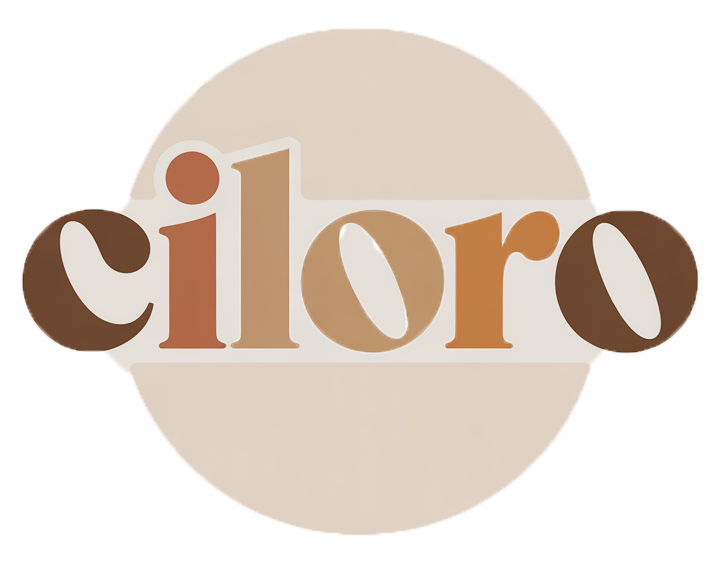10 Chic Living Room Decor Ideas for a Stylish Makeover
Living room decor is crucial in establishing the overall vibe of your home. It serves as a gathering space for family and friends, and an inviting decor can significantly enhance both the aesthetics and functionality of the area. In this article, we will explore 10 stunning decor ideas that can transform your living room into a stylish and comfortable haven.
1. Embrace Minimalism
Understanding Minimalism
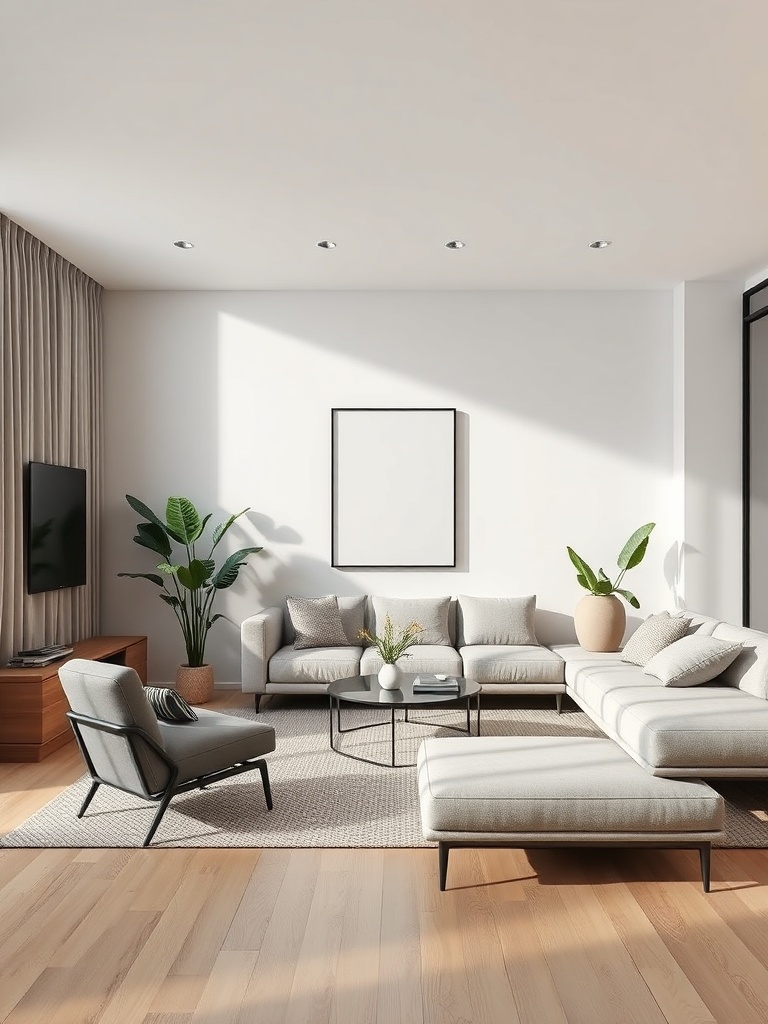
Minimalism in interior design focuses on simplicity, functionality, and the elimination of unnecessary elements. It promotes a clean and clutter-free environment.
The benefits of a clutter-free space include:
- Improved mental clarity
- Enhanced focus on essential elements
- Increased functionality and ease of movement
Key Elements of Minimalist Decor
- Neutral color palettes: Soft whites, beiges, and grays create a serene backdrop.
- Functional furniture: Choose pieces that serve multiple purposes.
- Uncluttered spaces: Keep surfaces clear and only display meaningful items.
2. Incorporate Bold Colors
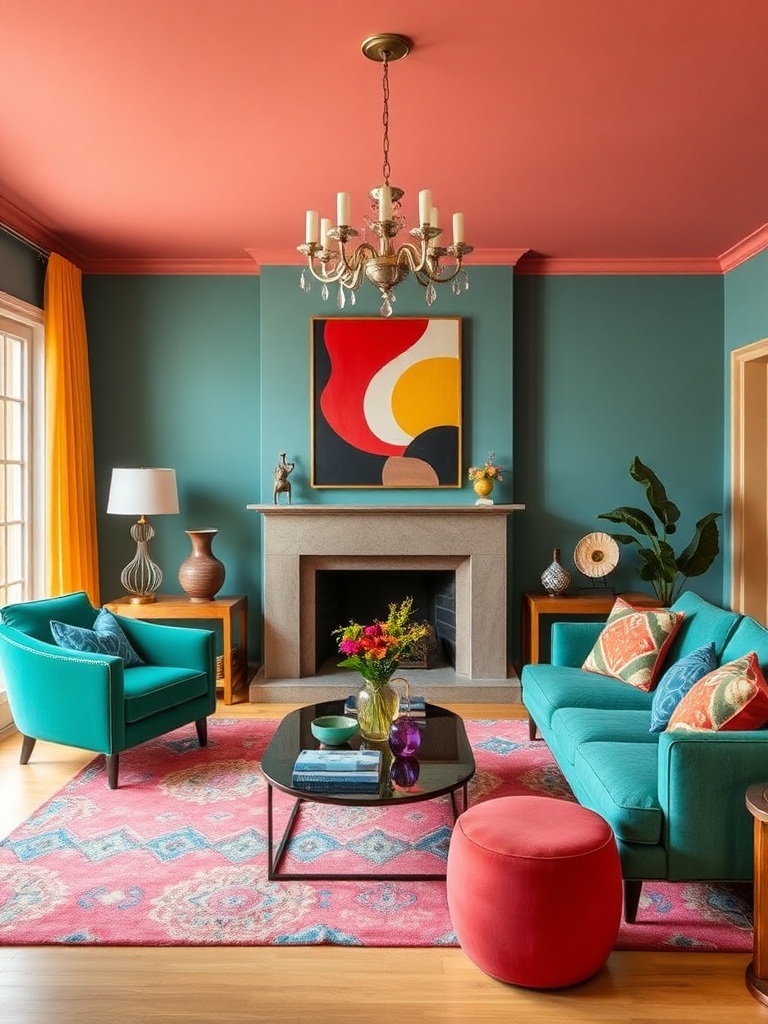
Choosing a Color Palette
Selecting bold colors can invigorate your living room. Consider the following tips:
- Pick a primary color to dominate the space.
- Choose complementary colors that enhance the primary shade.
- Test paint samples to see how colors look in different lighting.
Accent Walls and Furniture
Using bold colors can be achieved through:
- Accent walls painted in vibrant hues.
- Statement furniture pieces like bright sofas or chairs.
- Colorful accessories such as cushions and throws.
Balancing Bold Colors
To maintain harmony in a bold color scheme:
- Incorporate neutral elements to balance out intense colors.
- Use patterns to blend bold colors cohesively.
- Limit the number of bold colors to three to avoid overwhelming the space.
3. Add Textures for Depth
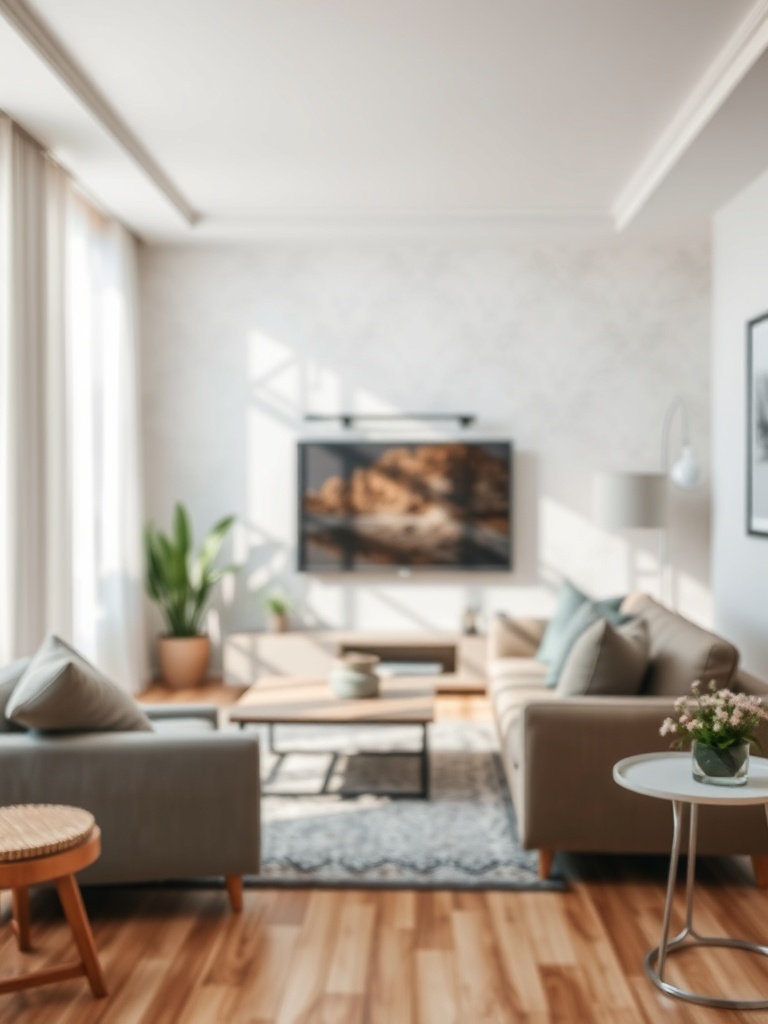
The Importance of Texture
Texture enhances visual interest, making a space feel more inviting and layered.
Types of Textures to Incorporate
- Fabrics: Use velvet, linen, and wool to create a cozy feel.
- Natural elements: Incorporate wood, stone, and metal for a rustic touch.
Mixing Textures
Combining different textures effectively can be done by:
- Layering fabrics in seating arrangements.
- Incorporating a mix of materials in your decor.
- Using textured throws and cushions to add warmth.
4. Create a Focal Point
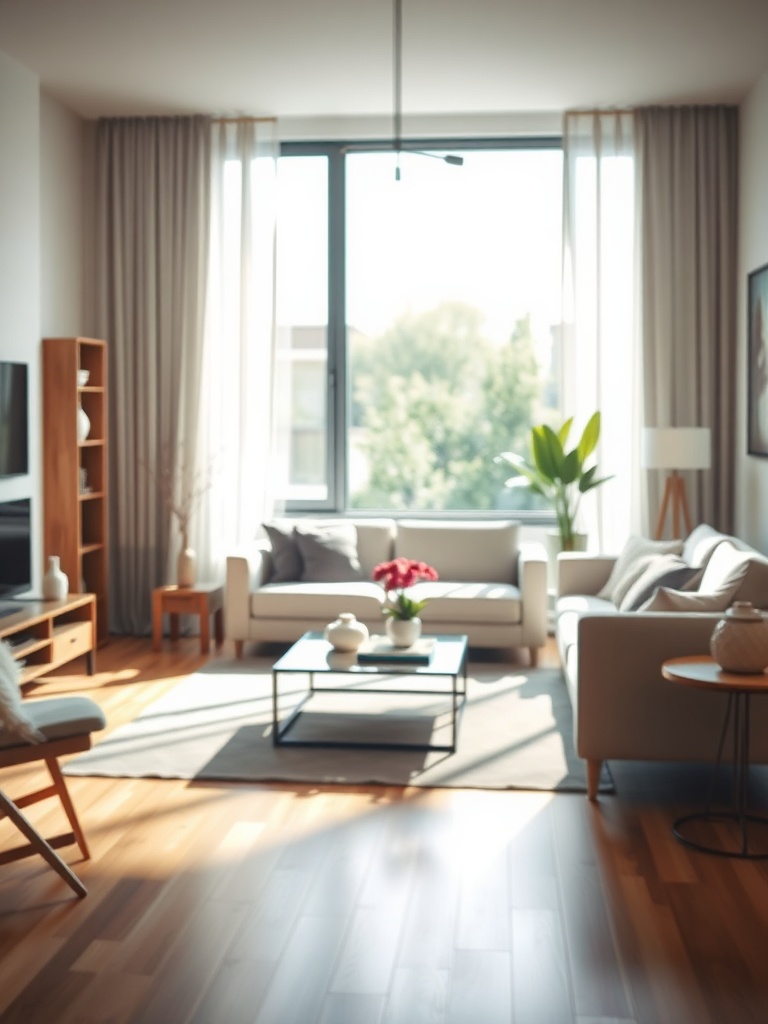
Defining a Focal Point
A focal point is an element in your living room that draws attention, such as a piece of art or a fireplace.
Options for Focal Points
Consider these options for creating a focal point:
- Statement furniture pieces: A bold couch or unique coffee table.
- Artwork: A large painting or sculpture.
- Fireplaces: A classic centerpiece that adds warmth and character.
Arranging Around the Focal Point
To highlight your focal point:
- Arrange seating to face the focal point.
- Use lighting to draw attention.
- Keep surrounding decor minimal to avoid distraction.
5. Play with Lighting
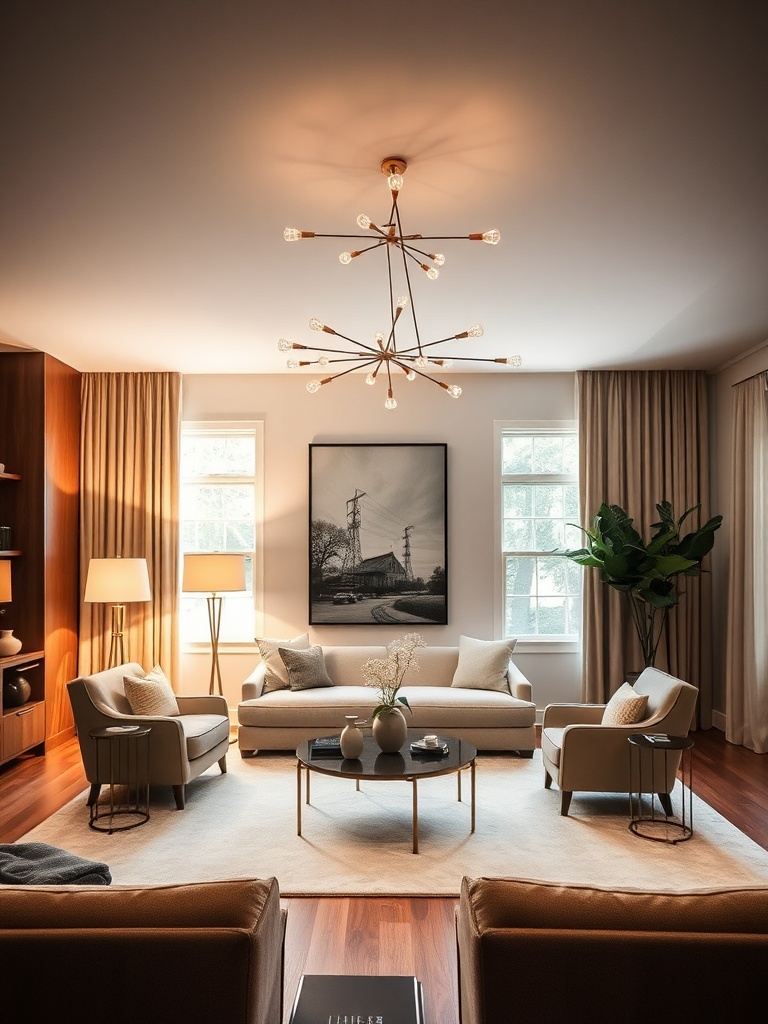
Importance of Lighting in Living Rooms
Lighting significantly affects mood and ambiance. Well-planned lighting can transform your living room from dull to dynamic.
Types of Lighting
The three main types of lighting are:
- Ambient lighting: General illumination that fills the space.
- Task lighting: Focused light for specific activities, like reading.
- Accent lighting: Highlights architectural features or artwork.
Creative Lighting Solutions
Consider these creative lighting solutions:
- Floor lamps with unique designs for added interest.
- Pendant lights above coffee tables or seating areas.
- Candles for a warm and inviting atmosphere.
6. Bring the Outdoors In
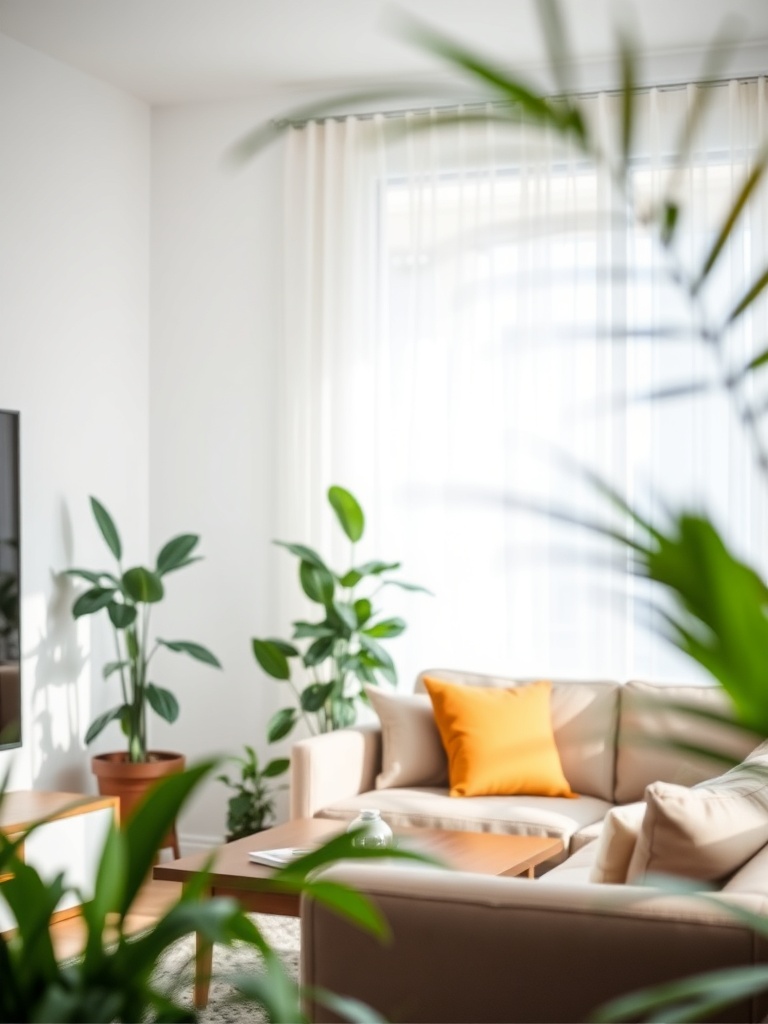
Benefits of Indoor Plants
Indoor plants not only improve air quality but also add a natural aesthetic to your space.
Best Plants for Living Rooms
Here are some low-maintenance options:
- Snake plants: Tolerant of low light and drought.
- Pothos: Fast-growing and hardy.
- ZZ plants: Known for their resilience and adaptability.
Creative Plant Displays
Incorporate plants creatively with:
- Hanging planters for vertical interest.
- Terrariums for a mini indoor garden.
- Grouping plants on shelves for a layered look.
7. Use Artwork to Personalize Your Space
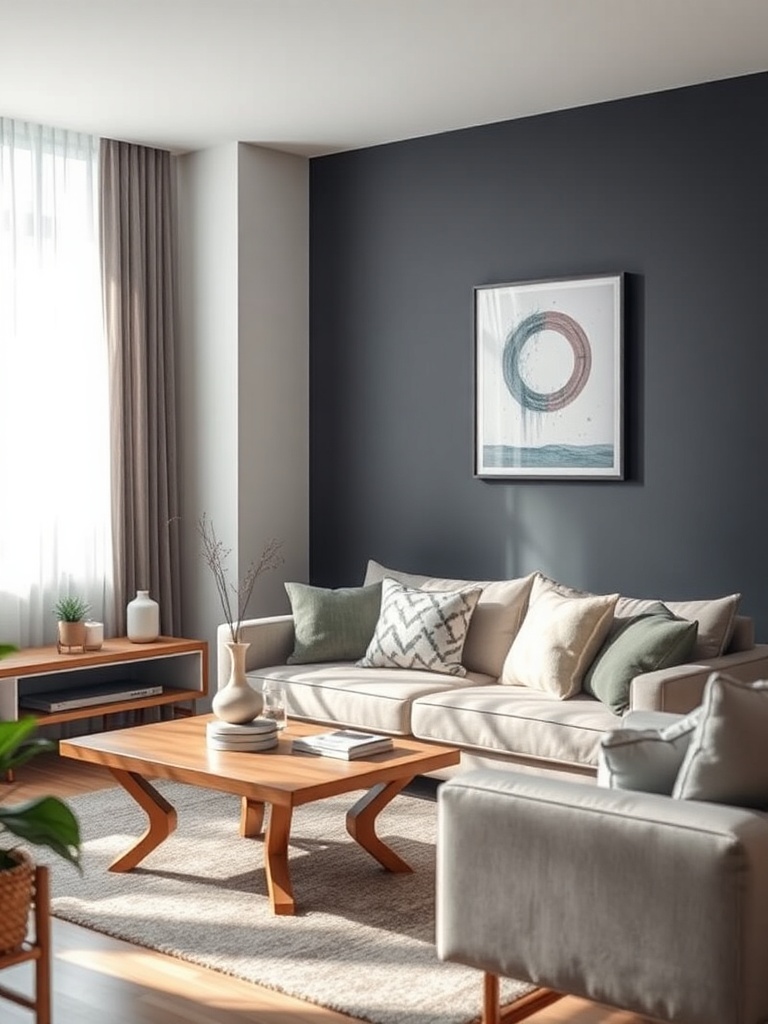
Selecting the Right Artwork
When choosing art for your living room, consider:
- Your personal style and what resonates with you.
- The size of the artwork in relation to your space.
- Using art that complements your color scheme.
Displaying Artwork
Display options include:
- Creating gallery walls for a dramatic effect.
- Using standalone pieces to fill empty spaces.
- Arranging art at eye level for optimal viewing.
DIY Art Projects
Consider simple art projects to add a personal touch:
- Framing fabric swatches or wallpaper samples.
- Creating abstract paintings with colors you love.
- Crafting photo collages of meaningful memories.
8. Invest in Statement Furniture
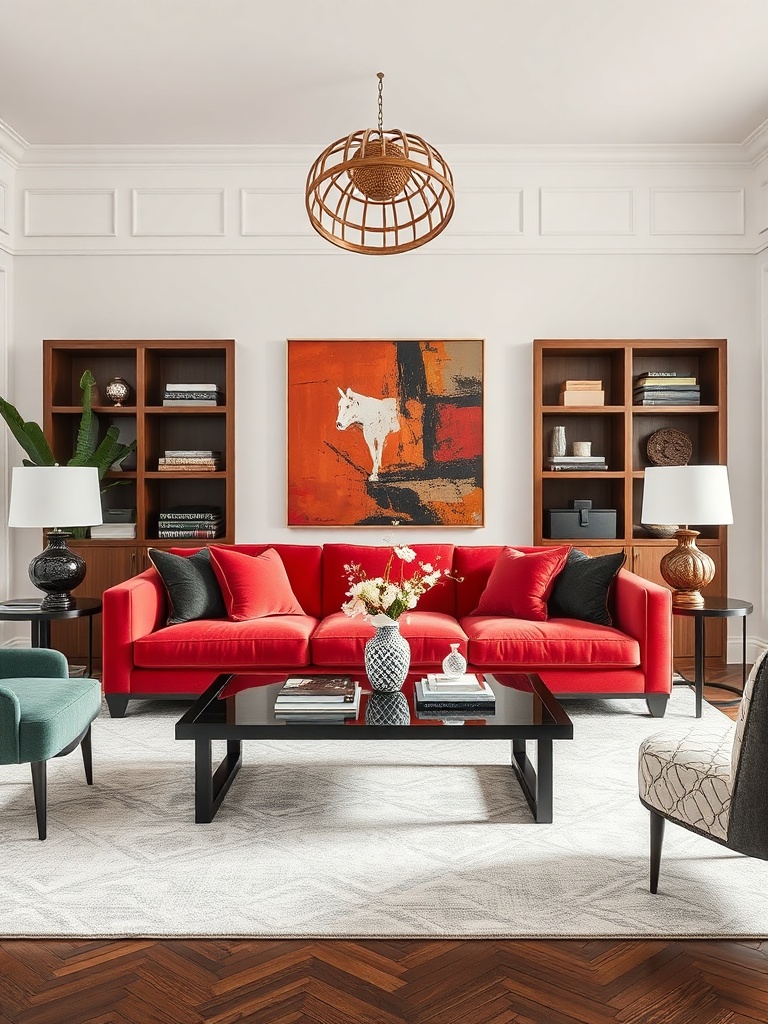
What is Statement Furniture?
Statement furniture refers to bold, eye-catching pieces that stand out in a room.
Choosing the Right Statement Piece
When selecting a statement piece, consider:
- Pieces that reflect your personal style.
- Furniture that fits the scale of your space.
- Unique designs that serve as conversation starters.
Placement and Arrangement
To maximize impact:
- Position statement furniture in a way that it is easily visible.
- Balance it with complementary decor.
- Ensure it doesn’t overcrowd the space.
9. Layer Rugs for Comfort and Style
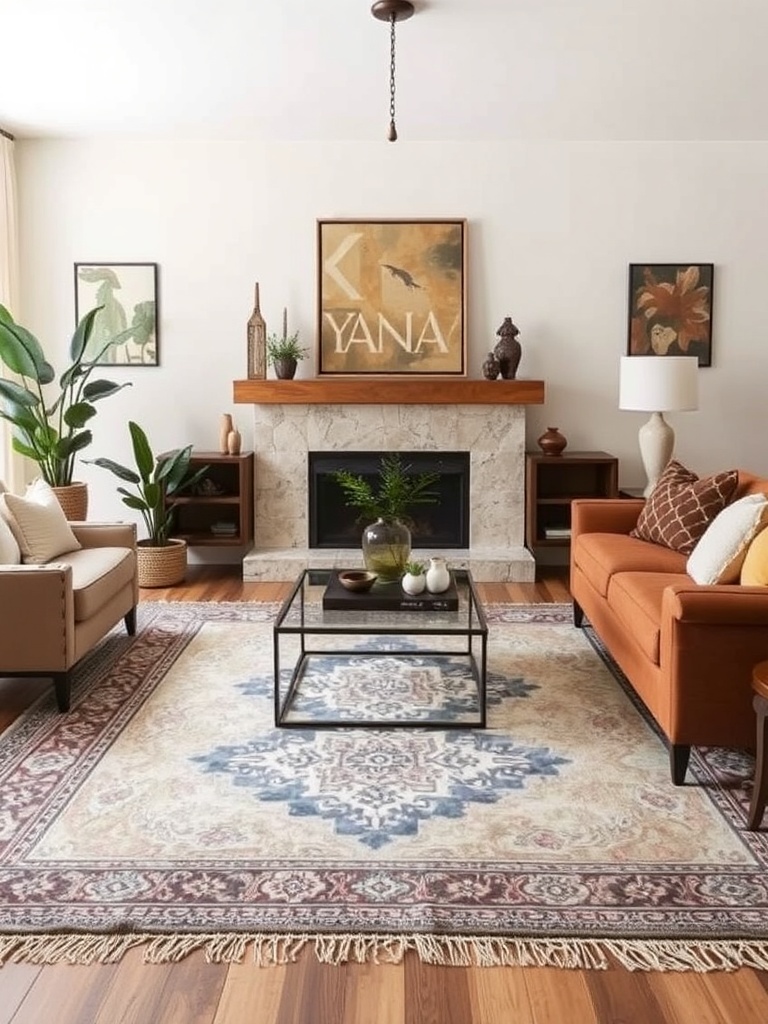
Benefits of Layering Rugs
Layered rugs can add warmth and texture, making your living room feel more inviting.
Choosing the Right Rugs
When selecting rugs, consider:
- Complementary colors and patterns.
- The size of the rugs in relation to your furniture.
- Textures that enhance the overall decor.
Layering Techniques
To layer rugs effectively:
- Start with a large, neutral base rug.
- Add a smaller, patterned rug on top.
- Ensure that the rugs are anchored by furniture for stability.
10. Personalize with Accessories
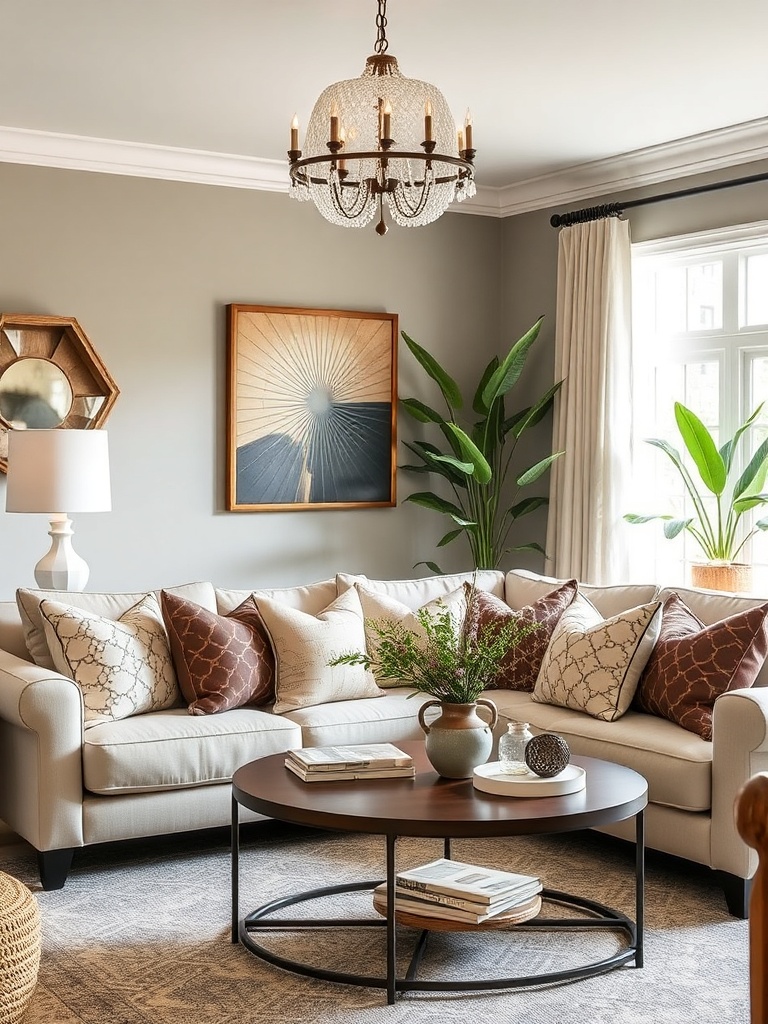
Function vs. Aesthetics
Balancing utility and decoration is essential for a cohesive look.
Types of Accessories to Consider
Accessories can include:
- Cushions: Add comfort and color.
- Throws: Perfect for warmth and texture.
- Books: Showcase your interests and add character.
- Decorative items: Such as vases or sculptures to enhance style.
Tips for Accessorizing
To achieve a cohesive look:
- Mix textures and styles within your accessories.
- Group items in odd numbers for visual interest.
- Leave some empty space for balance and clarity.
Key Takeaways
- Embrace minimalism for a clean and functional space.
- Incorporate bold colors to energize your living room.
- Add textures to enhance visual interest.
- Create a focal point to draw attention.
- Utilize various lighting types for ambiance.
- Bring the outdoors in with plants.
- Use artwork to personalize your space.
- Invest in statement furniture for impact.
- Layer rugs for comfort and style.
- Accessorize thoughtfully for a cohesive look.
Conclusion
In summary, these 10 stunning decor ideas can transform your living room into a stylish and inviting space. Don't hesitate to experiment with different styles and combinations to create a room that reflects your personal taste and lifestyle. Your living room can be a true reflection of who you are, and with these tips, you're well on your way to achieving that goal.
FAQ
What are the best colors for a small living room?
Light colors such as whites, soft grays, and pastels can make a small space feel larger and more open, while adding one or two bold accents can create interest.
How can I make my living room feel cozier?
Incorporate soft textiles like throws and cushions, use warm lighting, and add personal touches such as photos or artwork to create a more inviting atmosphere.
What plants are best for low light living rooms?
Plants such as snake plants, pothos, and ZZ plants thrive in low light conditions and require minimal care, making them perfect for indoor spaces.
How can I arrange my furniture for better flow?
Consider creating conversation areas, ensuring pathways are clear, and arranging furniture in a way that promotes interaction. Avoid overcrowding the space.
What is the importance of a focal point in living room design?
A focal point serves as a visual anchor, drawing attention and providing a sense of organization within the space. It enhances the overall design by creating balance and interest.
